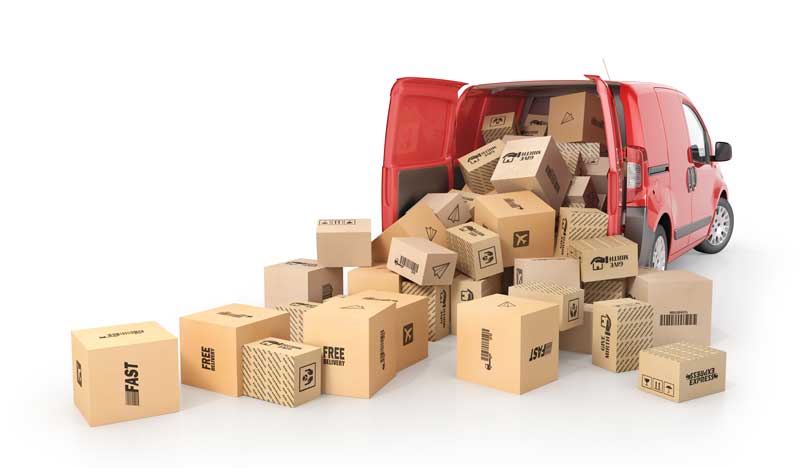
As a business you are no doubt familiar with the issues that arise from goods being damaged in transit; unhappy customers, returns and refunds, admin work in sorting out the issues, etc. All of these are no doubt areas that you wish to spend less time in!
If you are experiencing these sort of issues, one of the key areas to investigate is your pallet stacking and wrapping process. If goods are stacked and wrapped securely, it makes for better pallet stability and minimises the risk of transit damage.
In this article we are going to look briefly at the role of automation in transit packaging.
Automated Palletising
Manual palletising can often result in inconsistent and unstable pallet stacks, which in turn can lead to goods being damaged in transit. It carries a high risk of repetitive strain injuries occurring, and the subsequent implications of staff having to be off work for long periods of time plus the cost of any resulting claims can quickly add up. Manual palletising can also limit throughput capacity and become a bottleneck in your production process.
Automated palletising results in neater, more consistently stacked pallets, with better pallet stability. This is due to the accuracy of the palletising system in consistently placing product in the right place on the pallet. An automated system will not stop for breaks and therefore increases your throughput, and improves production efficiency, typically increasing throughput to at least 140%.
There are many automated palletising systems available, so it is important to ensure that the system you choose will not only provide the immediate benefit of better pallet stacks, but will also service your future requirements. It is important ensure the system has an integrated stack builder that creates the optimum stack pattern for your product. Choosing a system with easy programming software will also allow you to quickly and easily re-program the system to palletise different box sixes.
Automated Pallet Wrapping
Wrapping pallets by hand can result in pallets that are not wrapped tightly or securely enough. This in turn can lead to shift during transit and result in transit damage.
Automating this process ensures pallets are securely and consistently wrapped which reduces the risk of shift during transit and therefore minimises transit damage. It also reduces wastage, resulting in lower costs. Automated pallet wrapping can either be installed as a standalone cell, or integrated into the palletising process.
There are many automated pallet wrapping solutions available, so it is important to ensure that the solution you choose meets your requirements. Chosen wisely, you will be able to reduce your pallet wrap costs, reduce downtime due to pallet wrap changes, and reduce waste by using less wrap per pallet.
Automation ROI
Payback on installing an automated palletising system can be less than one year. As a rule of thumb, if you have one person at the end of a line palletising product for one shift per day, payback is approximately three years. However, if you are running three shifts, the payback time then becomes less than a year. If you then include the intangible benefits, such as reduced risk of RSI, less transit damage claims, etc. the payback time becomes quicker still. Granta have an automation payback calculator and intangible benefits calculator that you can download to help you accurately forecast the ROI of investing in automation. https://www.granta-automation.co.uk/resources
Other Automation
Another example where automation plays a part in reducing transit damage is the automation of container unloading and palletising. If containers are unloaded and palletised consistently and securely, this results in better pallet stability for storage and onward transport. Not only this, but it also improves efficiency as it reduces manual labour requirements and improves throughput. Granta have recently installed one of these systems for a leading supermarket brand and as a result they are saving a minimum of 119 man hours per week.
Summary
In summary, automation of pallet stacking and wrapping processes play a key part in increasing pallet stability and reducing the risk of transit damage. The payback on installing an automated system is often less than one year.








Warning: Undefined variable $aria_req in /var/www/granta-automation.co.uk/news/wp-content/themes/twentyten/comments.php on line 81
Warning: Undefined variable $aria_req in /var/www/granta-automation.co.uk/news/wp-content/themes/twentyten/comments.php on line 86